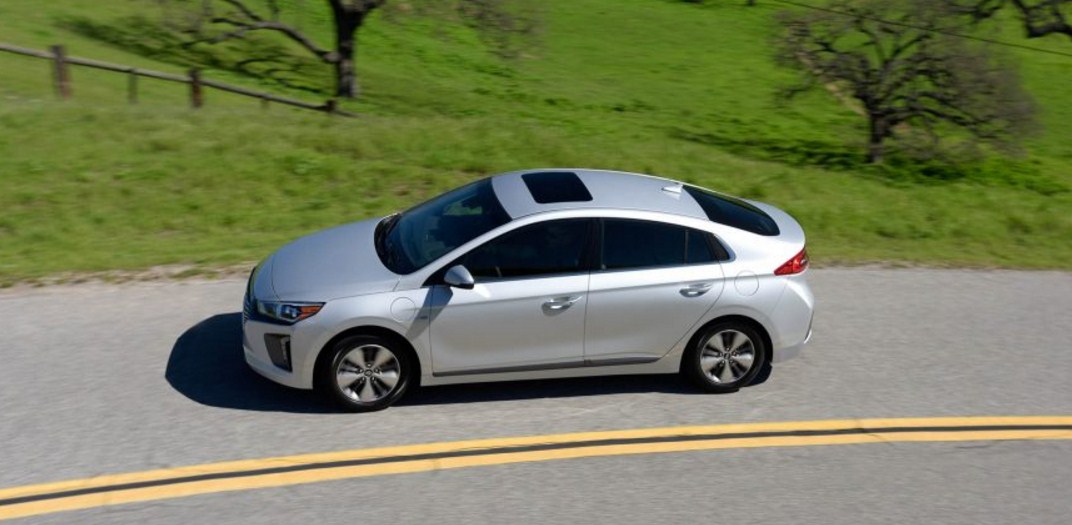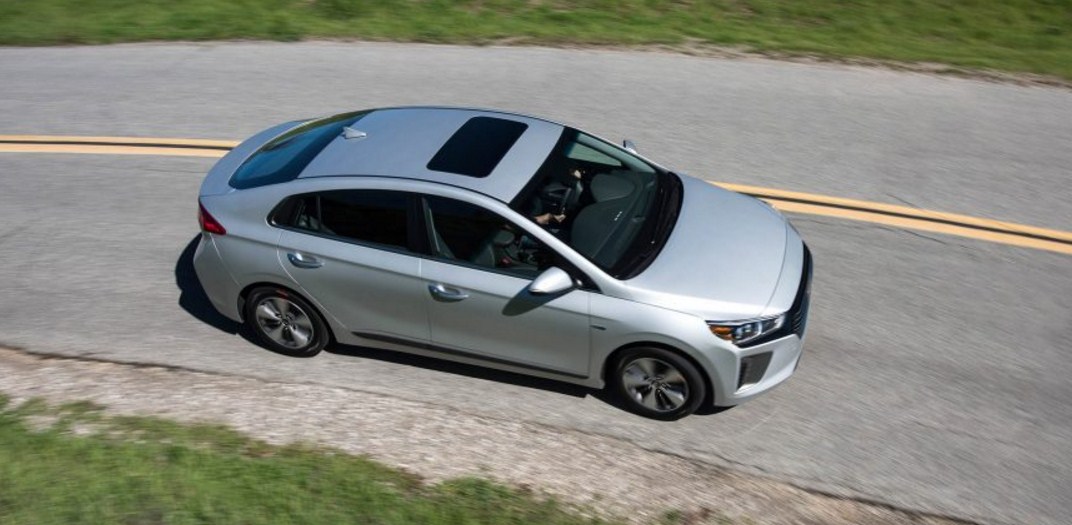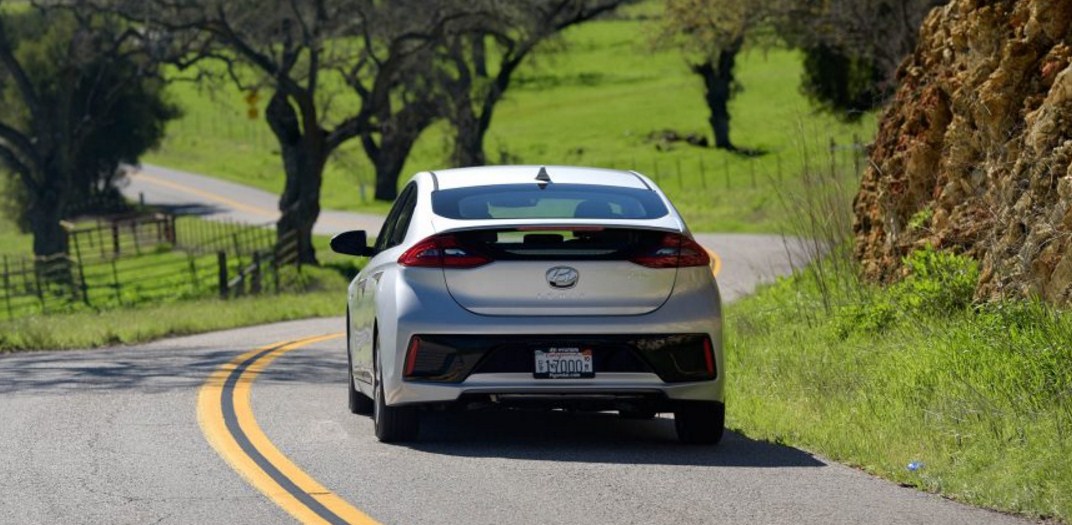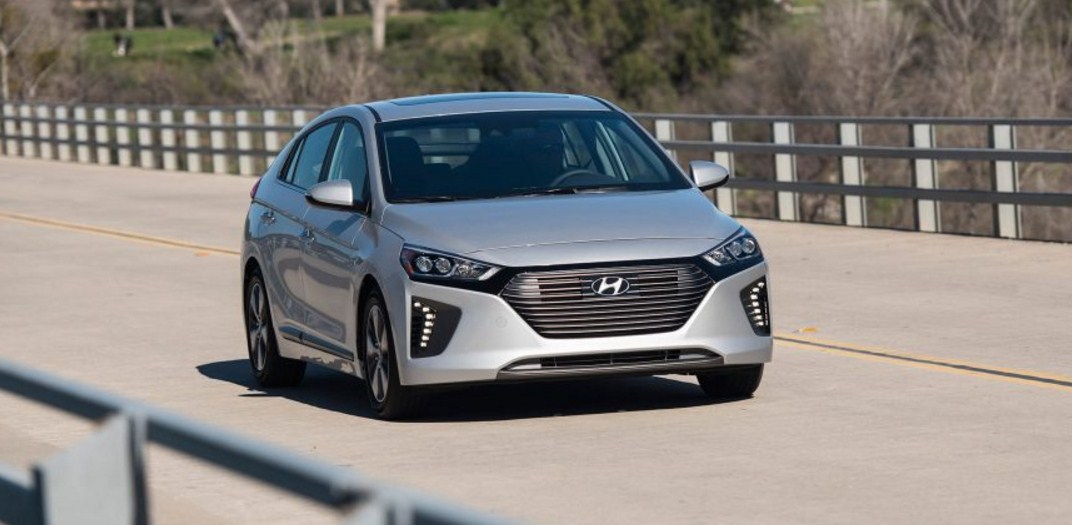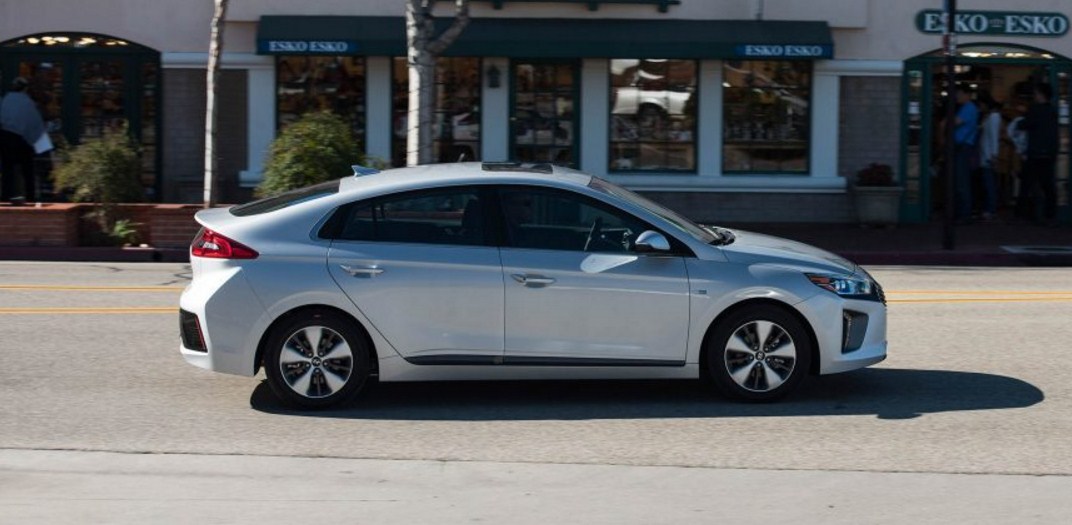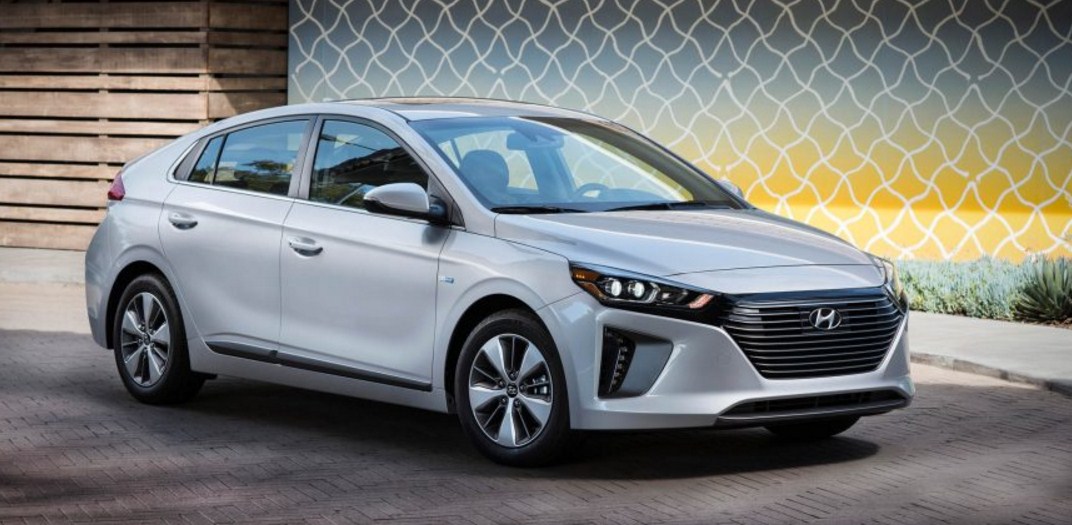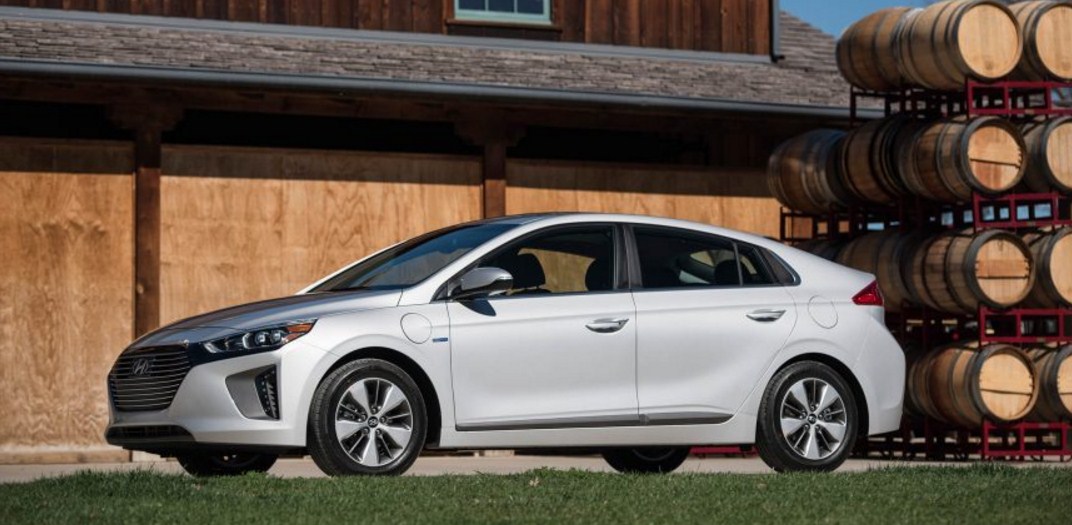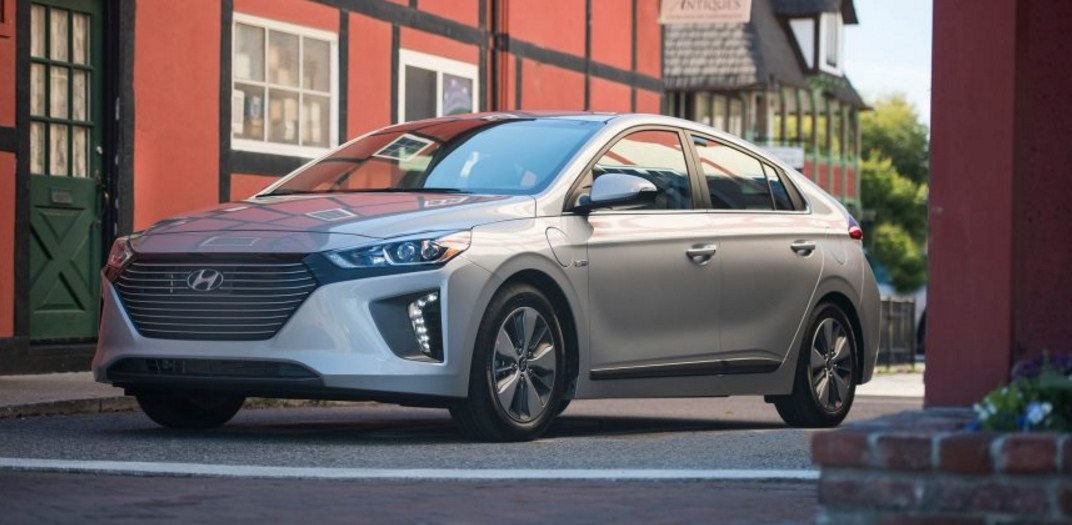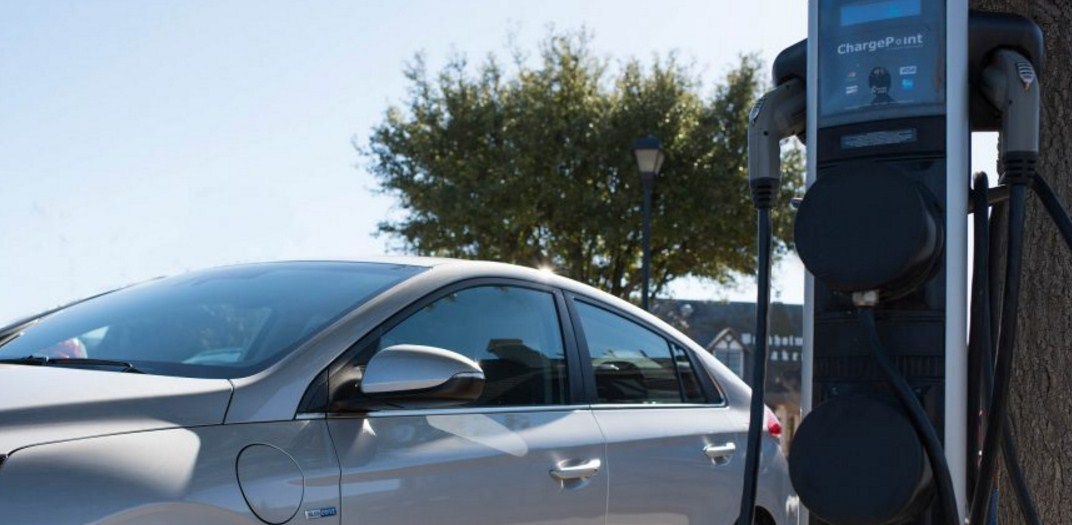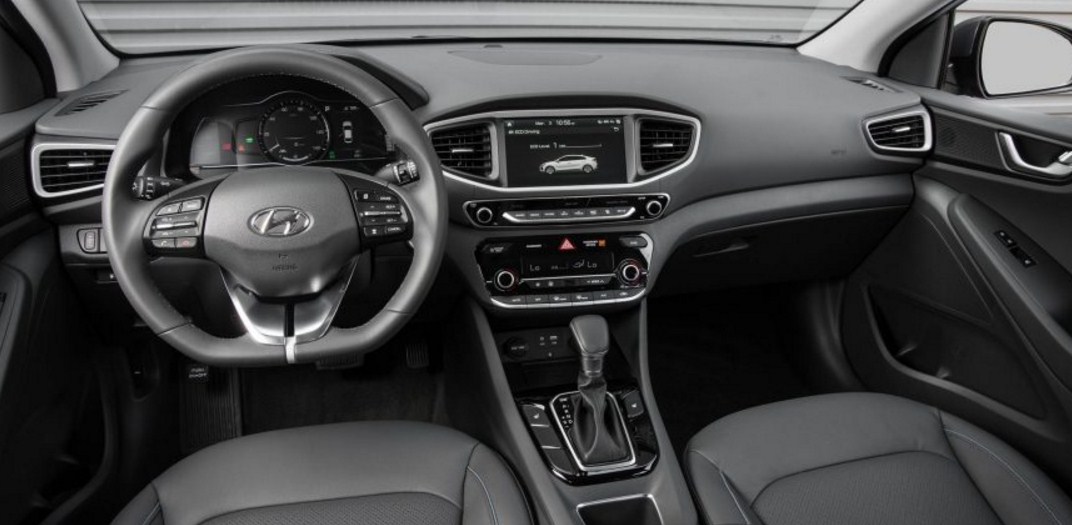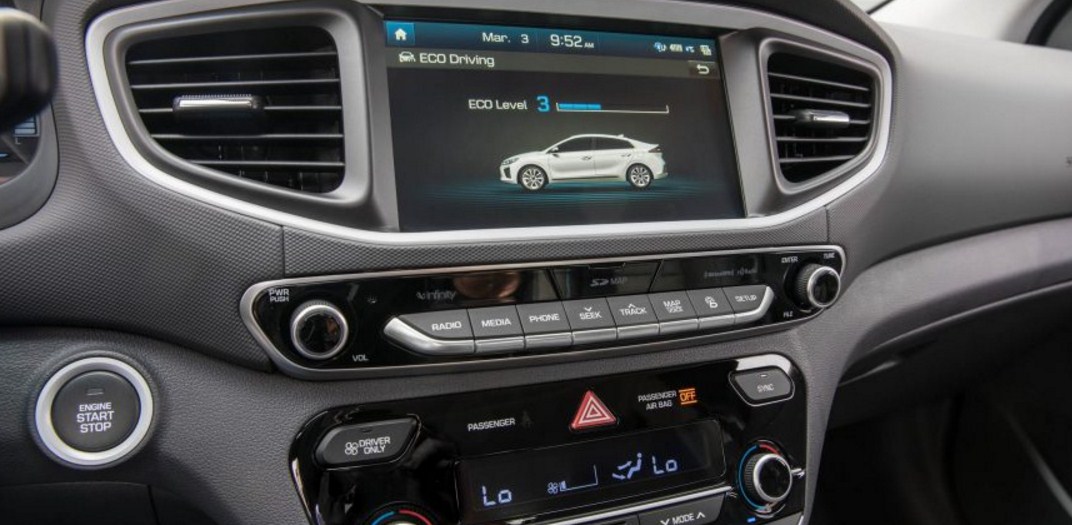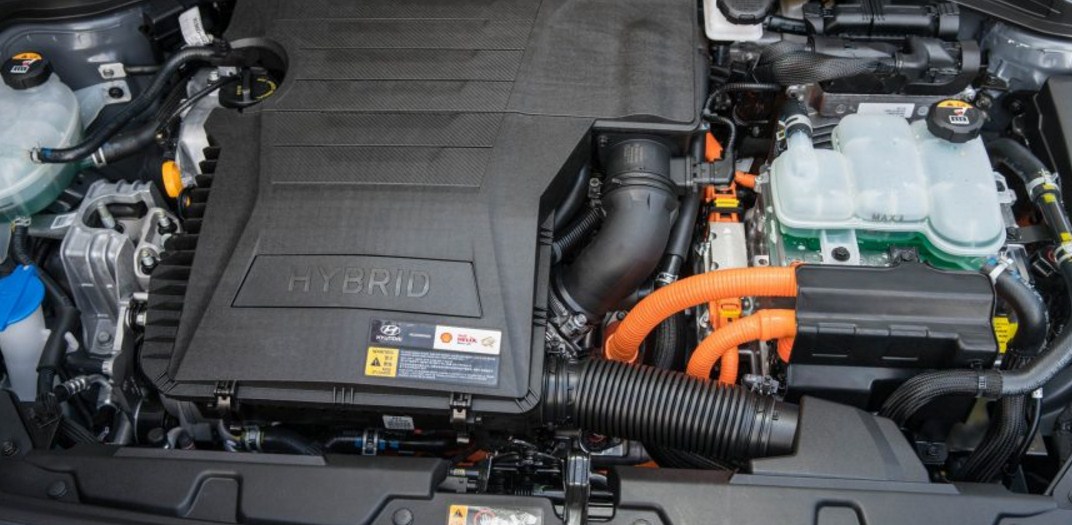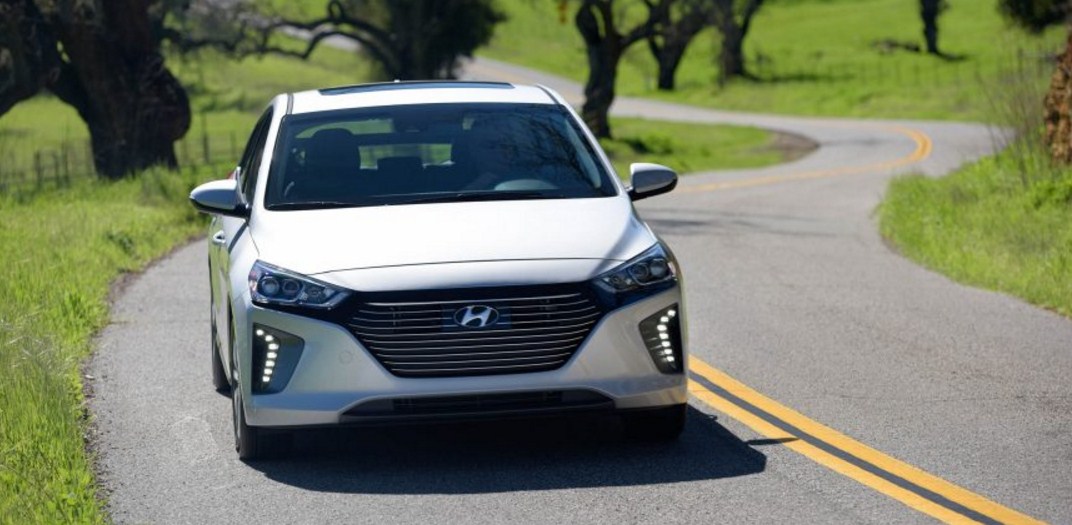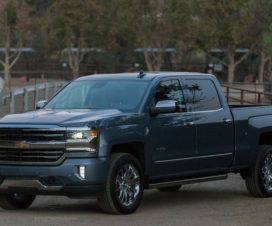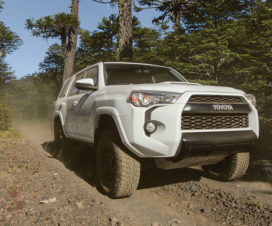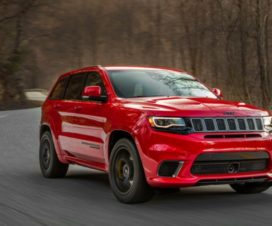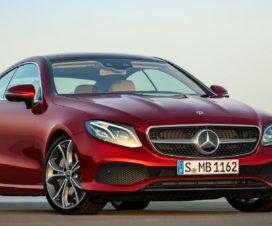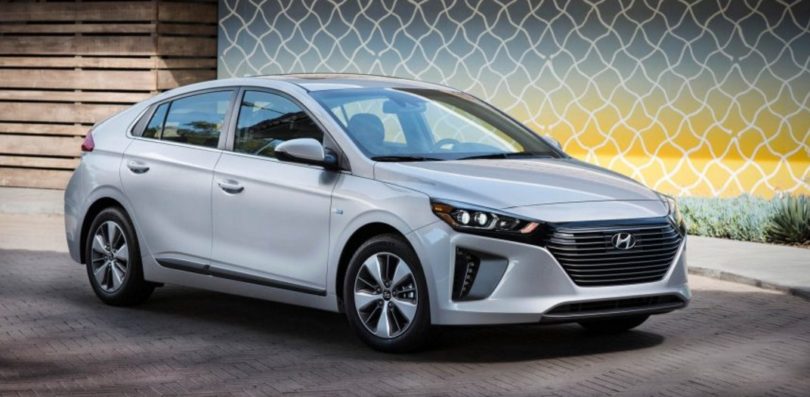 |
Hyundai released the Ioniq hybrid in early 2016 with the other two versions being available since late 2016. The car is a direct competitor to the best-known hybrid in the World, and in fact, it managed to trump that car’s performance and fuel economy. However, the Ioniq is not perfect, and it seems Hyundai is set to improve it even further. Not that long ago they released a statement saying that the 2018 Hyundai Ioniq EV will receive up to 200 miles of all-electric range and they should be able to achieve more than 250 miles by 2024.
Unfortunately, they have not said much about the other versions of the car. Considering how things are going, though, it is safe to assume the Ioniq will receive further improvements inside and out. The current car is great, but it lacks some features especially when compared to its main rivals.
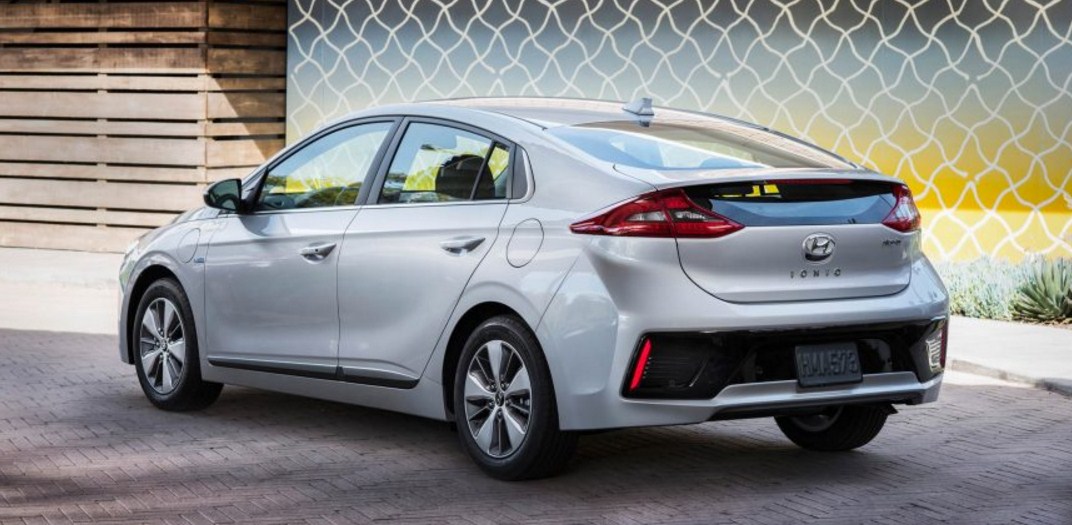
2018 Hyundai Ioniq, Source; caranddriver.com
What Could be Improved?
Leaving the electric model alone, the plug-in version of the car could do with some upgrades. For starters, the driving modes are not perfect. There is a fully electric mode which will allow up to 27 miles of range. However, in automatic mode, the car won’t use the electric motor as much as its rivals. This might pose a problem for those looking to use it in electric and then seamlessly switch to the gas engine when joining a highway for example. The Ioniq will tend to use the gas engine at all times, and it will act more like a regular hybrid which does defeat the purpose of the plug-in version. On top of that, it seems that the 2018 Hyundai Ioniq might also receive higher density battery packs. These will not necessarily increase the range, but the new battery should allow Hyundai to decrease the weight of the car by a rather sizable margin.
2018 Hyundai Ioniq Price and Design
So far not much has been said about the price, but we would expect it not to change. This means the base hybrid will start around $23,000 with the top end versions going for past $33,000. It is quite clear that Hyundai decided to use a very aerodynamic shape for the Ioniq. This is highly unlikely to change with the upcoming 2018 Hyundai Ioniq. In fact, we are quite sure that the 2018 model will be pretty much identical to the ongoing model.
The only differences will come to the US version of the car. Here the plug-in model is set to launch with the same type of design as the regular hybrid but with blue accents all around the car. Also, the electric model will do without the large grille and instead use a blanking plate which will make the car look a bit more futuristic. Some also suggested other small changes, but this is highly unlikely on such a new car.
Inside the Cabin
Not much is set to change inside the 2018 Hyundai Ioniq, and that’s fine. The car currently features one of the nicer interiors in its class. Instead of going for a futuristic design Hyundai went for something that works. The dashboard is clean and excellent looking, and all the controls are where you would expect them to be. The steering wheel has a flat bottom, the seats are better than average, and the materials are great. The only drawback is the less-than-ideal rear headroom, but this will, unfortunately, stay the same for the 2018 model of the car.
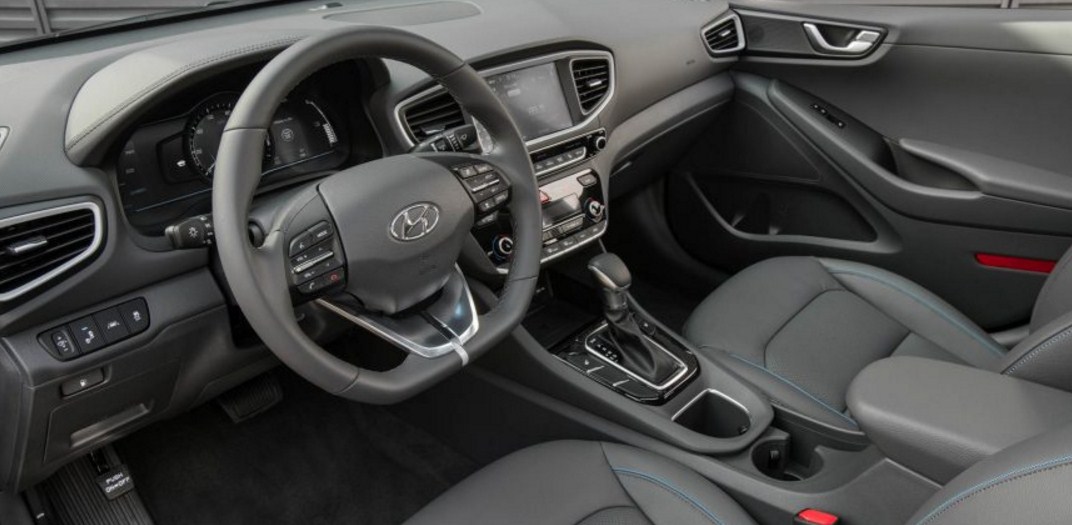
2018 Hyundai Ioniq, Source; caranddriver.com
Under the Hood
Both the hybrid and the plug-in models of the 2018 Hyundai Ioniq will likely carry on unchanged. The 1.6 liter naturally aspirated mill and the 40 to 60 horsepower electric motor will stay. The battery is expected to shrink without actually losing any capacity so it should free up some space. The EV model, on the other hand, is expected to receive a larger battery. Hyundai already said that they are aiming for 200 miles which would make the Ioniq a rather impressive offering for the price. With the larger battery, they might also offer a more powerful engine. However, this hasn’t been confirmed so far, but it would make a lot of sense, especially since the current EV model only makes 120 horsepower which is less than pretty much any other competing car on the market.
2018 Hyundai Ioniq
-
Design
-
Price
-
Engine
-
Interior
Summary
Both the hybrid and the plug-in models of the 2018 Hyundai Ioniq will likely carry on unchanged. The 1.6 liter naturally aspirated mill and the 40 to 60 horsepower electric motor will stay. The battery is expected to shrink without actually losing any capacity so it should free up some space. The EV model, on the other hand, is expected to receive a larger battery.

